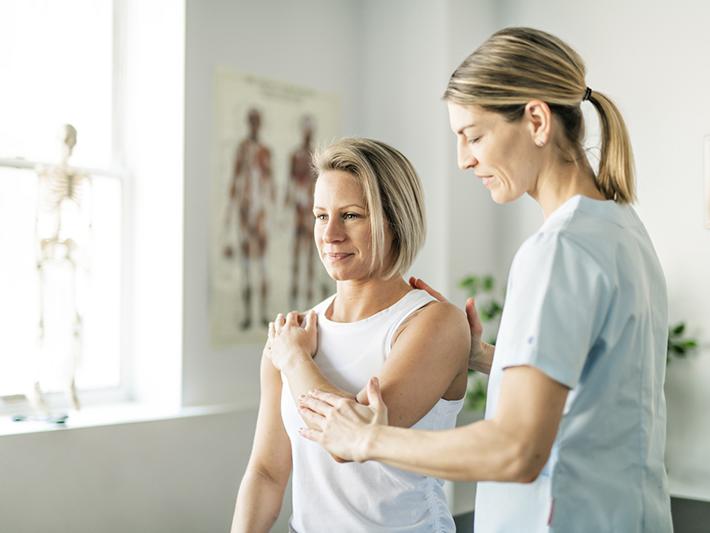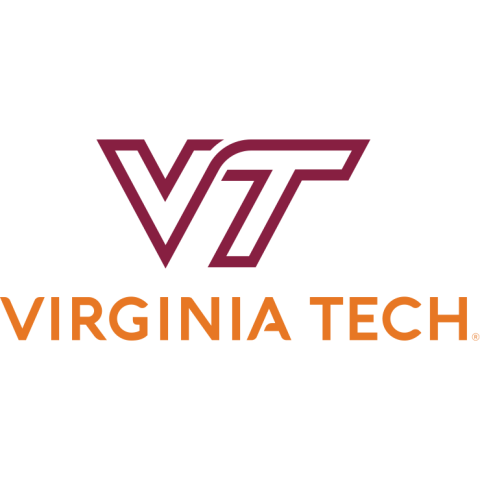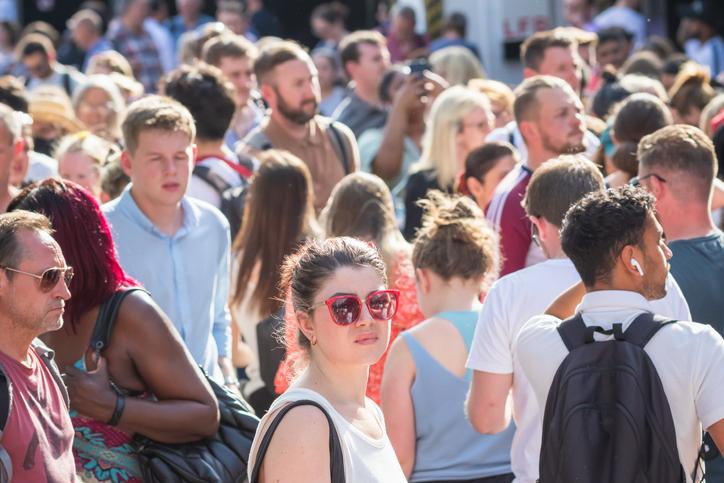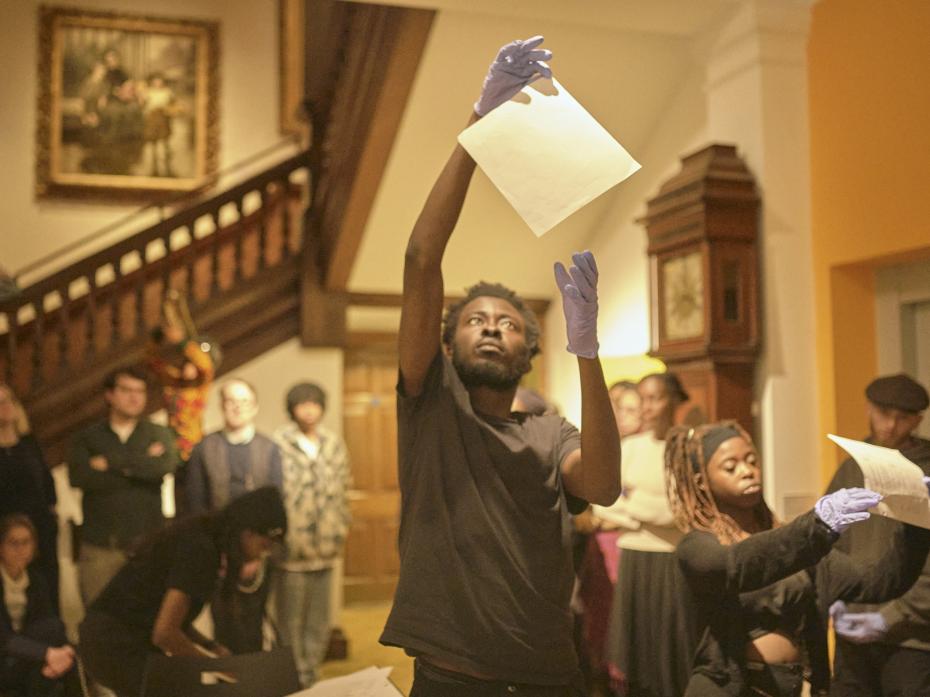
Citizen science in biomedical engineering: rewards and challenges
Collaborating with non-expert participants gives researchers a wealth of data and insights that are often unattainable through traditional wet lab or bench research methods. For academic biomedical engineers specialising in musculoskeletal and neuromuscular disorders, citizen science offers an opportunity to engage patients and the community directly in the research process.
In my role as professor in biomedical engineering and mechanics, professor of orthopaedic surgery in the School of Medicine, director of the Kevin P. Granata Biomechanics Laboratories, and co-director of the Science of Art and Motion Lab, I’ve used citizen science in most of my research projects. My work aims to develop interventions that address patients’ mobility challenges, particularly for those with leg injuries including anterior cruciate ligament (ACL) tears, osteoarthritis (OA) and joint replacements. I’ve used both community and student volunteers for my research in evaluating injury risk factors and therapies.
Findings of our research have shaped the understanding of how interventions – implants, for example – alter the way patients completed everyday activities such as walking and climbing stairs and have changed our understanding of the benefits and limitations of orthopaedic surgical interventions. These translational approaches have revealed truths about human joint biomechanics, injury patterns and race and gender effects, particularly in lower-limb biomechanics in sports injury and osteoarthritis.
- THE podcast: unlocking people power through citizen science
- Knowledge exchange as a driver of better health outcomes
- Lessons for co-producing research with affected communities
Citizen science through the engagement of citizens as research participants is promising, but challenges crop up that we must address to ensure meaningful outcomes. I describe some of the advantages and challenges here.
Rewards of citizen science for biomedical engineers
Centring the patient
Citizen science empowers patients to become active participants in the research process, centring the patient in healthcare innovations from the start. In my work, we gather insights from individuals who live with ankle, knee, hip or lower-back injuries daily, giving us a better understanding of their specific challenges and treatment responses. We gather both quantitative and qualitative input – biomechanical measurements for the former, anecdotal feedback and discussion for the latter. This ensures that research outcomes align with the needs and experiences of patients.
Improving quality of life
Our findings lead to real-life improvements for not just our citizen scientists but for people around the world. It not only allows the community members, students and the recreational athletes we work with to return to the sports they love, but their participation sometimes ignites a passion for the work we do. This can in turn lead them on a career path where they give back to their community and the world by becoming biomedical engineers or physical therapists or follow similar career paths of service to society.
Accessing diverse real-world information
One of the greatest advantages of using citizen science in musculoskeletal research is the ability to collect real-world data from diverse populations. Individuals with OA and other injuries can use mobile apps, wearable sensors or online platforms to track their symptoms, activity levels and pain in real time. This data gives us a comprehensive understanding of how interventions such as braces, physical therapy, surgical procedures or medication work in various environments. Moreover, citizen science allows for the inclusion of under-represented groups in research, broadening the scope of findings.
Facilitating longitudinal studies
Tracking the progression of conditions such as OA and recovery from an ACL reconstruction over time is essential for evaluating the long-term efficacy of treatments. Citizen science means we can collect continuous data over months or even years, allowing biomedical engineers and our clinical partner to conduct extensive longitudinal studies. To illustrate, my research on older adults with ankle OA captured data before joint replacement surgery and continued to follow these patients for more than two years following surgery. We observed how treatments performed over time to allow us to better design post-surgical treatments with the goal of improving long-term health and physical activity.
Challenges of citizen science in academic research
Recruiting, engaging and retaining citizen scientists
We recruit citizen science participants through multiple channels, which is what I recommend to other academic institutions, as this promotes diversity among volunteers. We find volunteers through physician referrals, social media, daily university emails, student outreach, word of mouth, clinical partners and other collaborators. Depending on the research parameters, recruitment can be challenging. And the more parameters there are – weekly blood draws, for example, or prescribed diets or multiple in-person lab visits – the harder the recruitment and retention (people attending every visit) process.
Sustaining participant engagement in long-term studies can be challenging. Citizen scientists may lose interest or encounter difficulties adhering to protocols, leading to dropouts or incomplete datasets. Biomedical engineers and others in the field must develop strategies to keep participants motivated and engaged; in our case, we offer varying incentives – including monthly phone calls, sending personalised messages and monetary compensation for their time and assistance. It is essential that we make sure they know that they are contributing to important research that cannot be completed without their help, and that this work can change lives for the better. Of course, we develop relationships within the community and especially with these citizen scientists, which helps keep them interested and engaged in the project.
Data quality and reliability
A significant challenge in citizen science is ensuring the accuracy and reliability of data collected from non-experts. In our case, if we’re asking project participants to measure data, such as participation in physical activity or the number of minutes of vigorous physical activity from home and report back to us, we know that inaccuracies can occur. I recommend a thoughtful self-measuring device – for example, pedometers – with clear guidance on how to use the device to minimise errors and not relying on a participant report from an activity diary.
Ethical considerations and privacy
Citizen scientists are often asked to share sensitive information, making it critical that researchers implement robust data protection measures. As academic biomedical engineers, we also navigate the ethical complexities of informed consent, data collection, data storage and management to ensure that participants fully understand how their data will be used during and after study completion.
While citizen science offers exciting rewards for academic biomedical engineers, it also comes with challenges that need to be carefully managed. By addressing potential issues from the start, we can harness the full potential of citizen science to advance personalised and effective treatments for musculoskeletal conditions. This approach not only enriches research but also deepens the relationship between scientists and the public, ultimately leading to better patient outcomes.
Robin Queen is the L. Preston Wade professor of engineering in the department of biomedical engineering and mechanics, co-director of the Science and Art of Motion Lab, and the director of the Kevin P. Granata Biomechanics Lab at Virginia Tech.
If you would like advice and insight from academics and university staff delivered direct to your inbox each week, sign up for the Campus newsletter.




